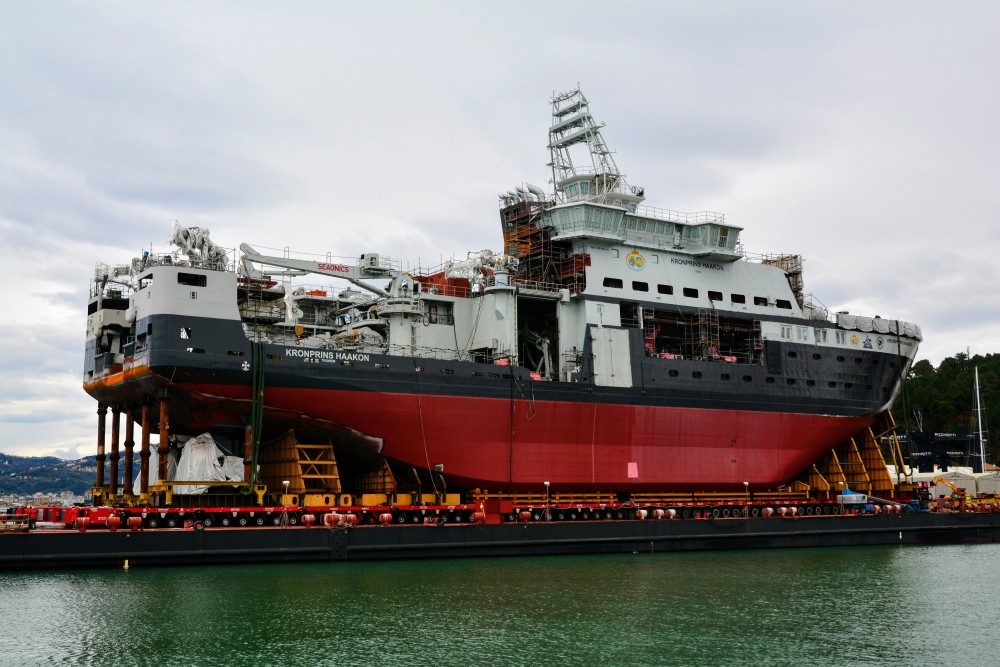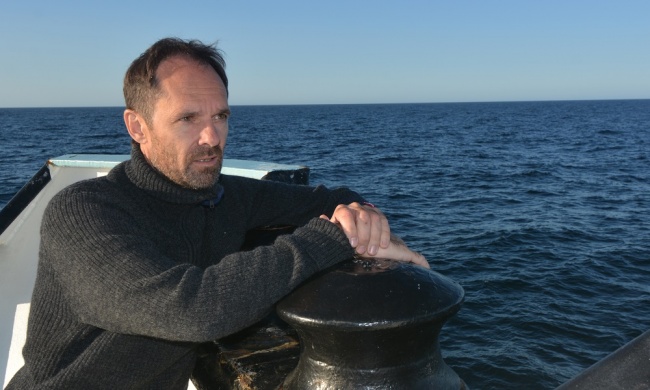Norway unveils most advanced research vessel to sail the Arctic Ocean

A milestone was set this week for what will be the most advanced high-tech research vessel ever breaking the ice on the top of the globe, when the Kronprins Haakon was launched into a floating dock at the yard in Genoa, Italy.
The remaining work that couldn’t be done inside the ship-hall due to ceiling height will be done in the dock before the vessel sets course for Norway on her maiden voyage this fall.
Kronprins Haakon holds PC 3 icebreaking class for year-round operations in ice-covered waters. For Norway, which doesn’t currently have any ocean-going icebreakers, the vessel means a breakthrough for Arctic research.
“With Kronprins Haakon, Norway gets the world’s most advanced ship for exploration of polar regions, we are proud,” says Director of the Polar Institute Jan-Gunnar Winther.

He says the christening of the vessel will take place in Tromsø a year from now. After breaking a bottle of champagne against the bow, Kronprins Haakon will set sail on real expeditions starting in 2018.
“Most likely it will be an expedition to the Antarctica when it is summer there in 2018/19,” Jan-Gunnar Winther said.
The vessel, with a price-tag of 1.4 billion Norwegian kroner (€156 million, or about $167 million), is financed by the government. The Polar Institute is the owner, while the Norwegian Institute of Marine Research will be the operator. UiT The Arctic University of Norway is also partner to the vessel and will likely be the main customer for on-board research. The vessel’s homeport will be Tromsø.
The icebreaker will be equipped with state-of-the-art scientific instrumentation including moon pool, a remotely operated vehicle and an autonomous underwater vehicle. Scientists onboard will have a unique opportunity to investigate what happens underneath sea ice. On deck, there is space for up to two helicopters. Climate change and other environmental studies of the Arctic and Antarctica will be main focus for the researchers on board.
The 8,000-ton and 100-meter-long vessel has accommodation for up to 17 crew and 35 scientists.
Kronprins Haakon (named after Norway’s current Crown Prince Haakon) can break through ice up to 1.5 meters (about 5 feet) thick and can remain out at sea up to six weeks at a time.